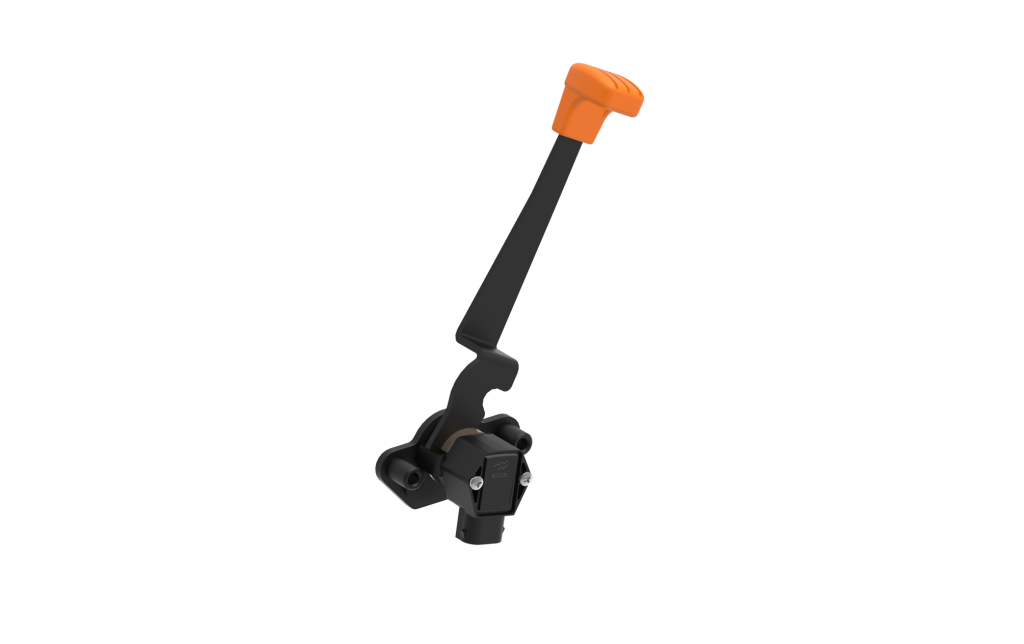Hand throttles

The Significance of Hand Throttles in Machinery Control
One common application of hand throttles is in construction machinery, such as excavators, bulldozers, and loaders. Operators use hand throttles to finely adjust engine speed while performing tasks like digging, lifting, or maneuvering heavy loads. By controlling the throttle manually, operators can match engine power to the specific requirements of the job at hand, optimizing fuel efficiency and reducing wear on components.
In agricultural equipment, hand throttles are employed in tractors, harvesters, and other farm machinery. Farmers rely on these controls to adjust engine speed for tasks like plowing, seeding, or harvesting, where different operating conditions demand varying levels of power and torque.
Forestry and logging equipment, such as chainsaws, log splitters, and forestry tractors, also utilize hand throttles to regulate engine speed during cutting, splitting, or hauling operations. This allows operators to maintain consistent cutting performance or control the speed of winches and hydraulic systems used in forestry applications.
Mining vehicles, including haul trucks, excavators, and drilling rigs, often feature hand throttles to enable operators to manage engine speed while navigating challenging terrain or performing precise excavation tasks underground or on the surface.

Hand throttles play a crucial role in industrial machinery, providing operators with intuitive and reliable control over engine speed and power output, thereby contributing to productivity, safety, and operational efficiency in various sectors





